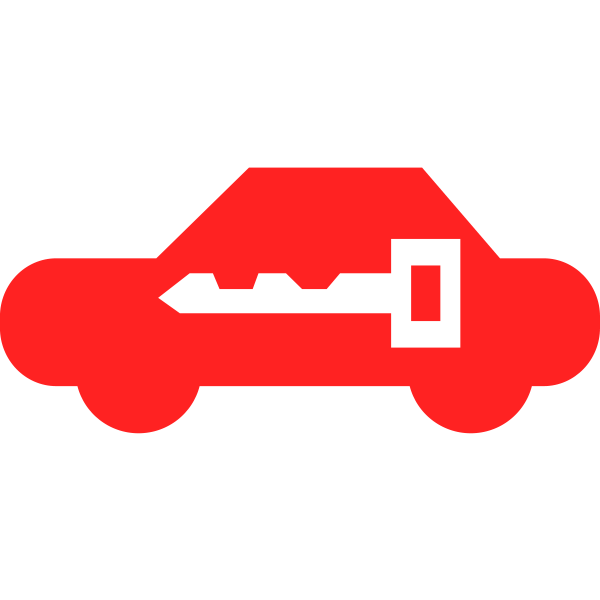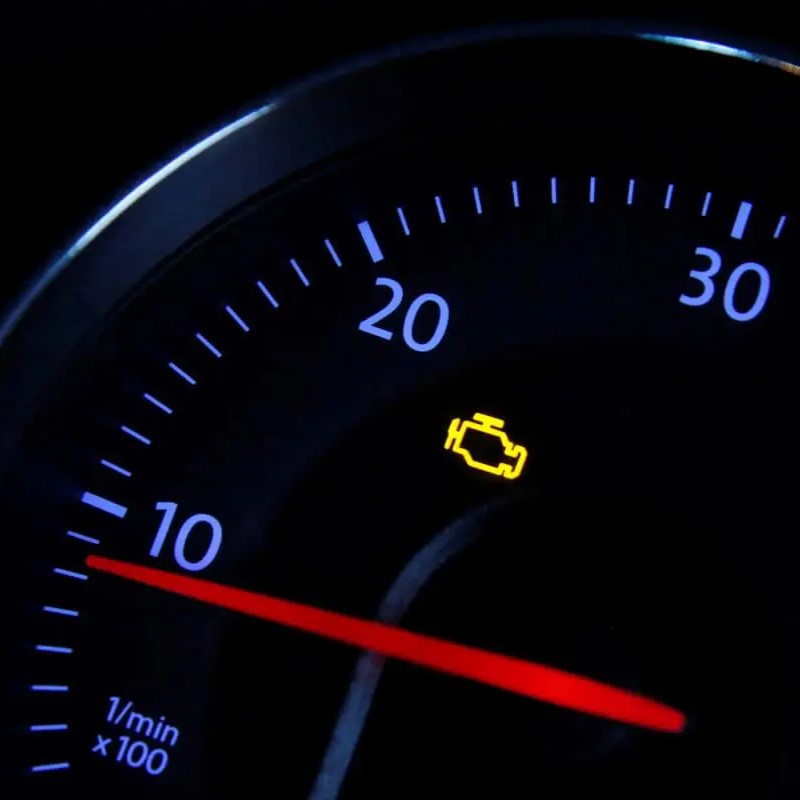Have you ever glanced at your car’s dashboard and seen an exclamation mark staring back at you? It’s a jolt, isn’t it? This little symbol, often accompanied by other graphics, can send a wave of worry through even the calmest driver. But don’t panic. Understanding what this light means is crucial for your safety and your car’s health.
What Does the Exclamation Mark Car Light Mean?
Typically, an exclamation mark car light is a general warning indicator. It’s like your car’s way of saying, “Hey, something’s up!” The exact issue, however, depends on the specific symbol surrounding it. Here are some common variations:
- Exclamation mark in a circle: This often signifies a brake-related problem. It could mean low brake fluid, worn brake pads, or a malfunctioning anti-lock brake system (ABS).
- Exclamation mark in a horseshoe shape: This is usually a tire pressure warning. It indicates that one or more of your tires is underinflated.
- Exclamation mark with a car silhouette: This generally points to a stability control system issue.

Why Does the Exclamation Mark Car Light Come On?
Several reasons can trigger this pesky light. Let’s break them down:
- Brake System Issues: Low brake fluid, worn brake pads, or problems with the ABS system can all cause the exclamation mark to appear.
- Tire Pressure Problems: Underinflated tires can lead to poor handling, reduced fuel efficiency, and increased tire wear.
- Stability Control Malfunction: If your car’s stability control system isn’t working correctly, the light will illuminate to alert you.
- Other Potential Causes: In some cases, the exclamation mark might indicate a problem with the electronic parking brake, battery, or other vehicle systems.

What to Do When You See the Exclamation Mark Car Light
If you see the exclamation mark light, don’t ignore it. Take these steps:
- Pull Over Safely: Find a safe place to stop your car, away from traffic.
- Check for Obvious Issues: Quickly inspect your brakes, tires, and surroundings for any visible problems.
- Consult Your Owner’s Manual: Your car’s manual will provide specific information about the meaning of the light and recommended actions.
- Contact Roadside Assistance: If you can’t determine the issue or feel unsafe driving, call for roadside assistance.
- Visit a Mechanic: If the problem persists, take your car to a trusted mechanic for diagnosis and repair.
Preventing the Exclamation Mark Car Light
While you can’t always prevent unexpected car troubles, regular maintenance can significantly reduce the chances of seeing that dreaded exclamation mark. Here are some tips:
- Check Tire Pressure Regularly: Maintain proper tire pressure to improve fuel efficiency, handling, and tire life.
- Inspect Brake Pads and Fluid: Have your brakes checked during regular maintenance appointments.
- Follow Recommended Service Intervals: Adhere to your car’s recommended service schedule to keep all systems in optimal condition.
- Be Aware of Warning Signs: Pay attention to any changes in your car’s performance, such as unusual noises, vibrations, or handling issues.
Tips for preventing the exclamation mark car light from coming on
While it’s impossible to completely prevent car troubles, regular maintenance and attentive driving can significantly reduce the chances of seeing that dreaded exclamation mark. Here are some practical tips:
Tire Care
- Regular Pressure Checks: Check your tire pressure at least once a month, or before long trips. Use a reliable tire pressure gauge for accurate readings.
- Maintain Proper Inflation: Ensure your tires are inflated to the recommended pressure level specified in your owner’s manual. Underinflated tires are a common cause of the exclamation mark light.
- Visual Inspections: Regularly inspect your tires for signs of wear, damage, or embedded objects.
- Wheel Alignment: Proper wheel alignment helps maintain even tire wear and prevents premature tire damage.
Brake Maintenance
- Regular Inspections: Have your brakes inspected during routine maintenance appointments. This includes checking brake pad thickness, rotor condition, and brake fluid level.
- Listen for Unusual Noises: Pay attention to squealing, grinding, or metal-on-metal sounds, which could indicate worn brake pads.
- Avoid Harsh Braking: Excessive braking can accelerate brake wear. Smooth braking helps prolong brake life.
Overall Vehicle Maintenance
- Adhere to Service Schedule: Follow the recommended maintenance schedule outlined in your owner’s manual. This includes oil changes, filter replacements, and other essential services.
- Check Fluid Levels: Regularly check fluid levels, including brake fluid, coolant, and power steering fluid.
- Battery Care: Ensure your battery is in good condition. Have it tested regularly, especially in extreme weather conditions.
- Avoid Overloading: Avoid overloading your car, as this can put extra strain on various components.
- Gentle Driving: Driving smoothly and avoiding sudden acceleration or braking can help preserve your car’s components.
Be Observant
- Dashboard Lights: Pay attention to all dashboard lights. If any light comes on, consult your owner’s manual for guidance.
- Unusual Sounds or Vibrations: Be aware of any unusual noises, vibrations, or changes in your car’s performance. These could be early warning signs of a problem.
- Regular Inspections: Take a few minutes to visually inspect your car for any signs of damage or leaks.
By following these tips, you can significantly reduce the risk of experiencing the dreaded exclamation mark car light. Remember, early detection and prevention are key to maintaining your car’s health and ensuring your safety on the road.

Actions to take when the exclamation mark car light comes on
Seeing that exclamation mark light can be alarming, but staying calm and taking the right steps is crucial. Here’s what you should do:
Immediate Actions:
- Prioritize Safety: Pull over to a safe location as soon as possible. Avoid sudden braking or swerving.
- Consult Owner’s Manual: Your car’s manual will provide specific information about the meaning of the light and potential actions.
- Visual Inspection: Check for obvious issues like low brake fluid, flat tires, or loose components.
- Assess Severity: If the light is accompanied by other warning lights or unusual car behavior, exercise caution.
Further Steps:
- Check Tire Pressure: If the light is related to tire pressure, check all tires and inflate them to the recommended level.
- Brake System Check: If you suspect a brake issue, avoid hard braking. Test the brakes gently to ensure they are functioning.
- Call for Assistance: If the problem is severe or you’re unsure how to proceed, call roadside assistance or a trusted mechanic.
- Avoid Driving: If the problem seems serious, it’s best to avoid driving until it’s resolved.
Common Scenarios:
- Brake-related issue: This could indicate low brake fluid, worn brake pads, or a problem with the ABS system. Avoid hard braking and get your car checked as soon as possible.
- Tire pressure issue: Check tire pressure and inflate as needed. If the light persists, there might be a leak or sensor problem.
- Stability control issue: This could affect your car’s handling. Drive cautiously and have the system checked by a mechanic.
Remember: Ignoring the exclamation mark light can lead to more serious problems and potentially dangerous situations. It’s always better to be cautious and address the issue promptly.
The Importance of Quick Action
Ignoring the exclamation mark car light can lead to more serious problems and potentially dangerous situations. By understanding the possible causes and taking prompt action, you can protect yourself and your vehicle.
Remember, your car is a complex machine with many interconnected systems. When a warning light appears, it’s essential to treat it as a signal that something needs attention. By staying informed and taking proactive steps, you can enjoy a safer and more reliable driving experience.





